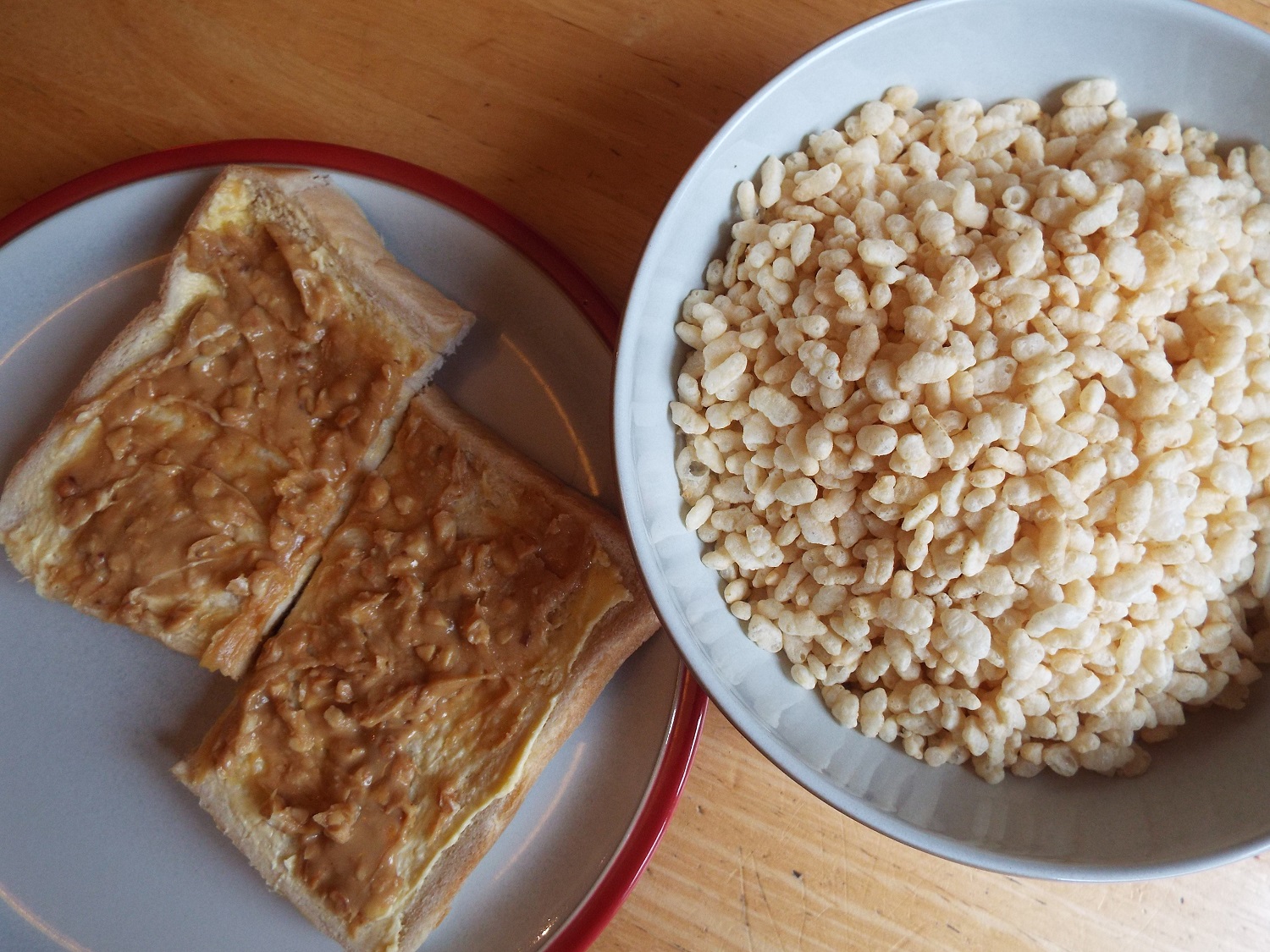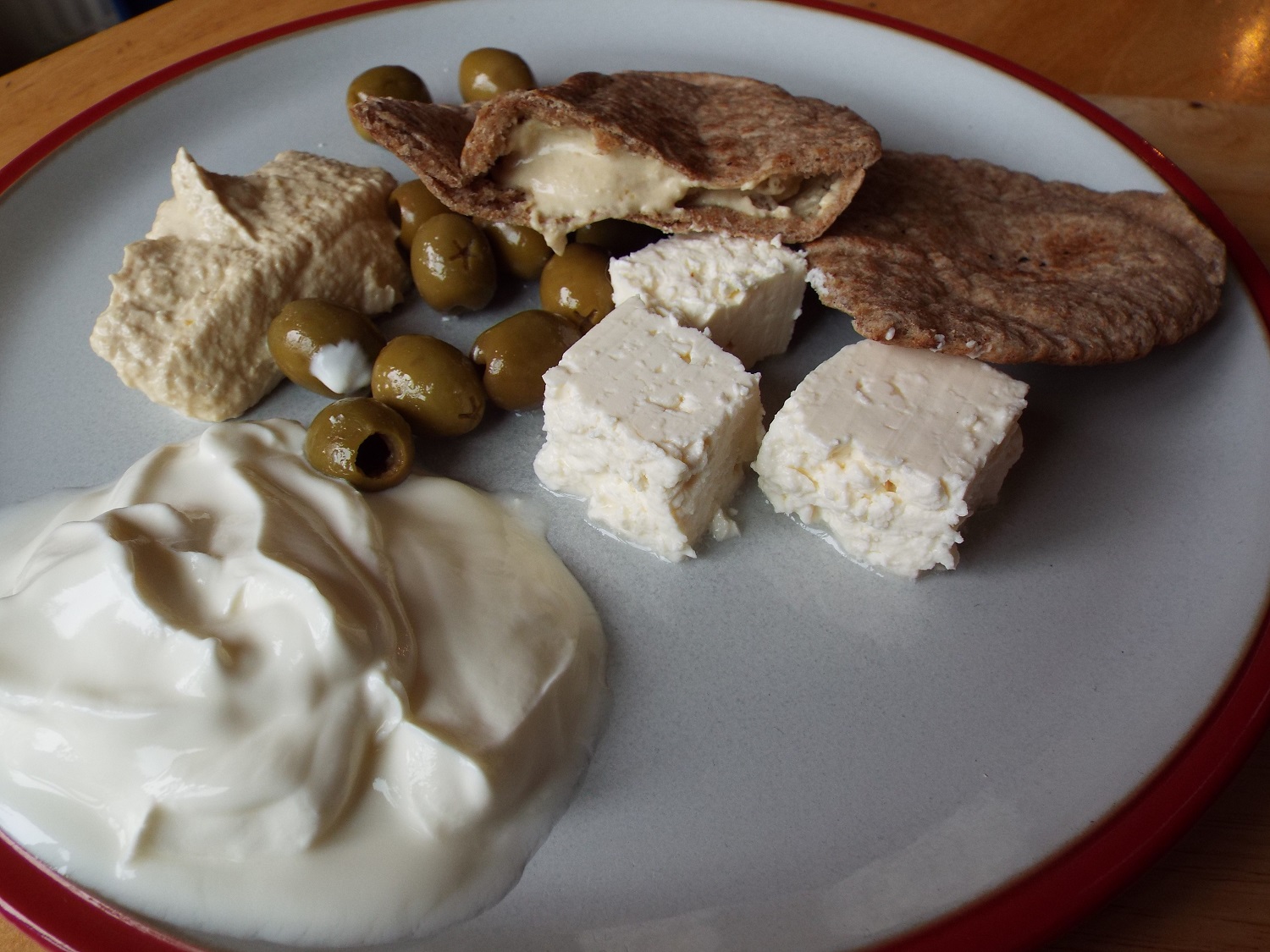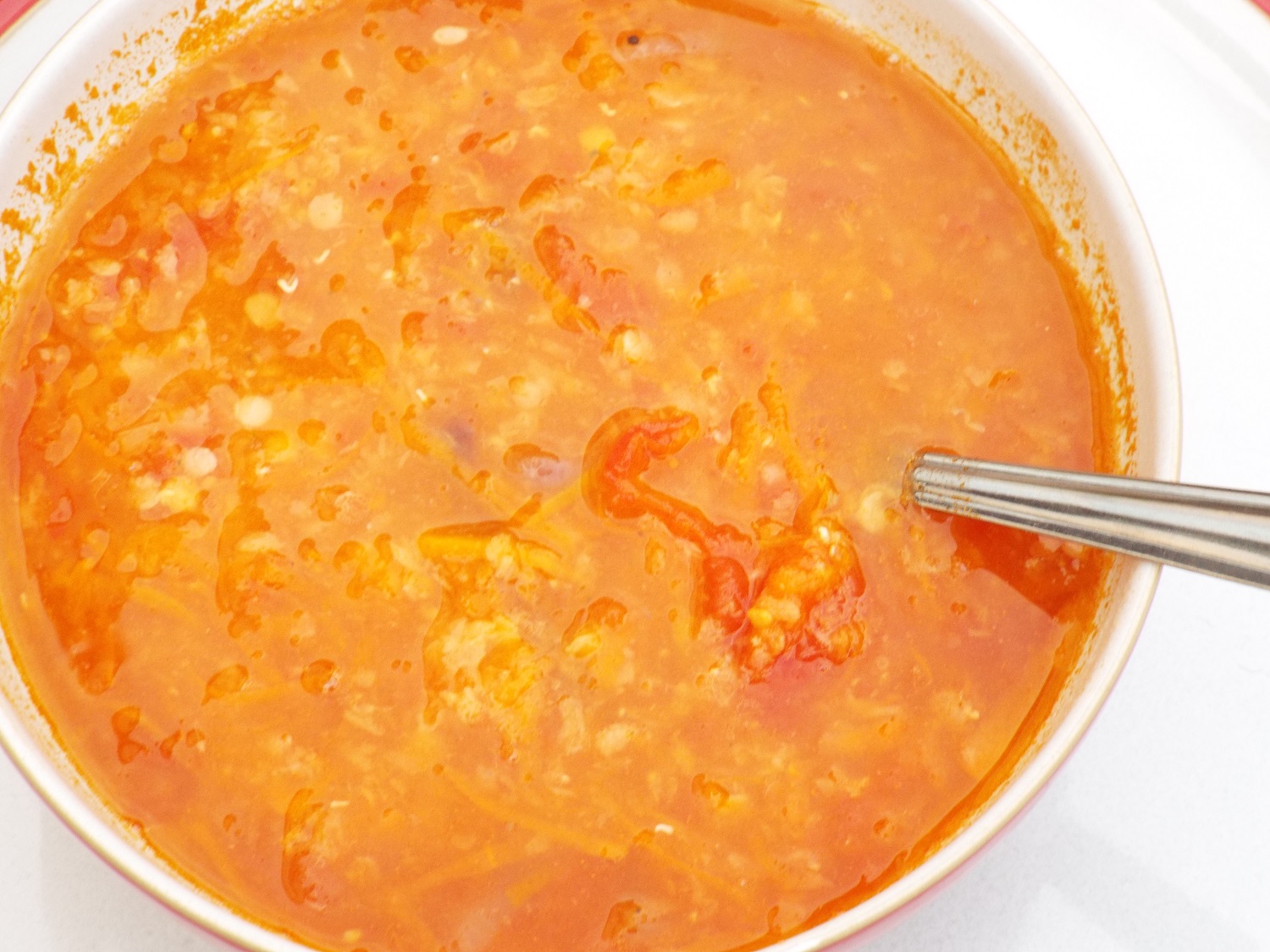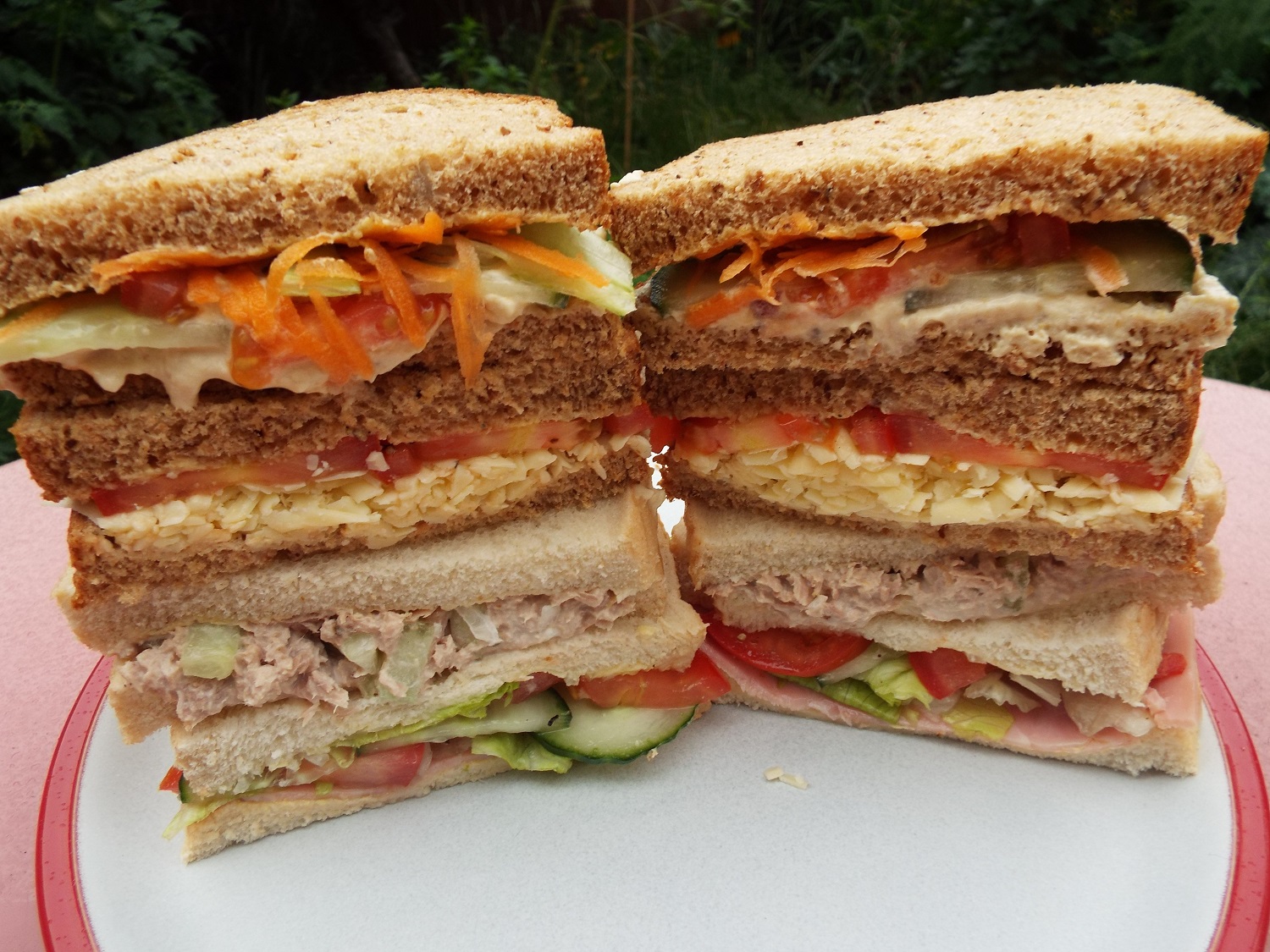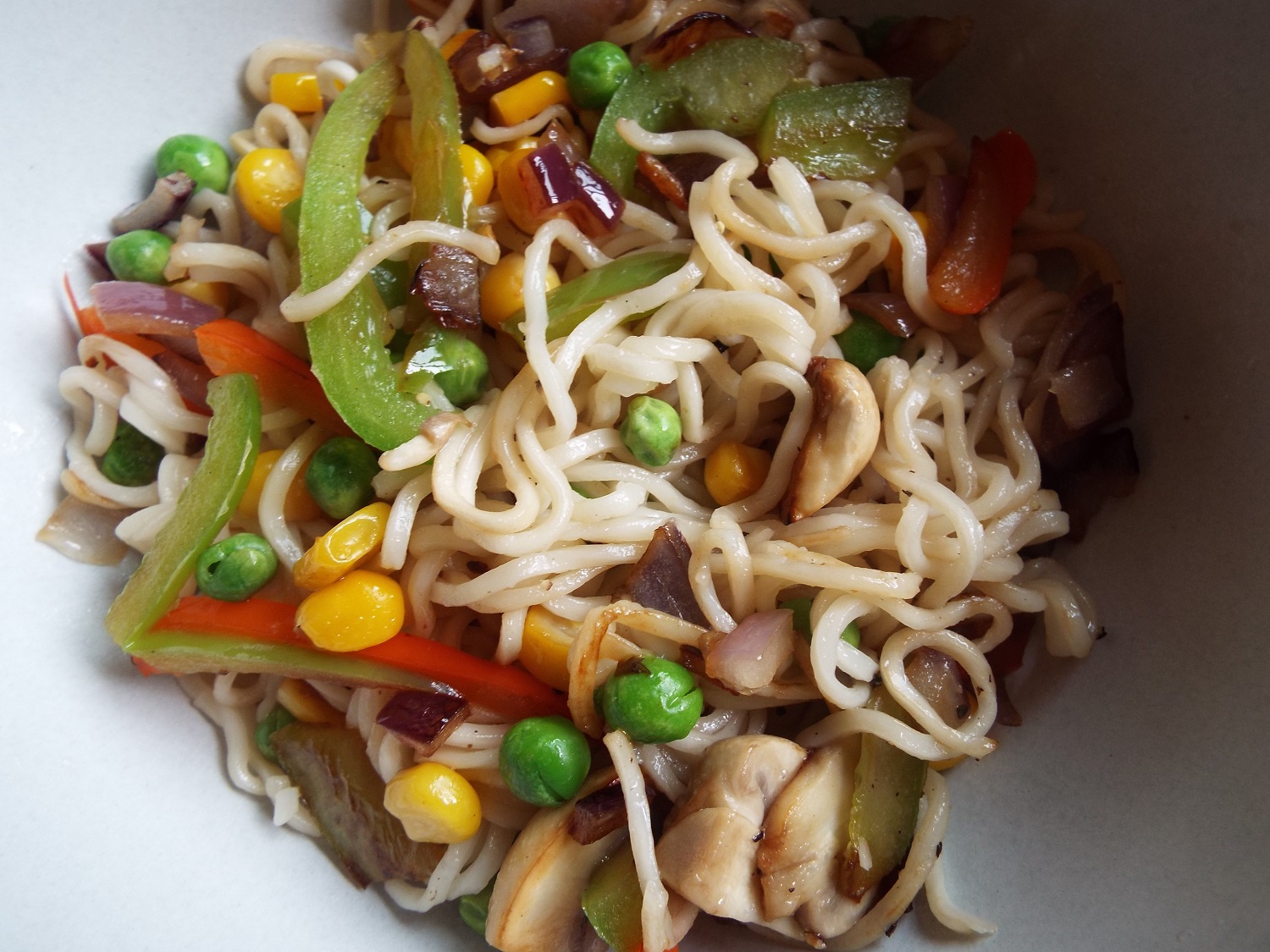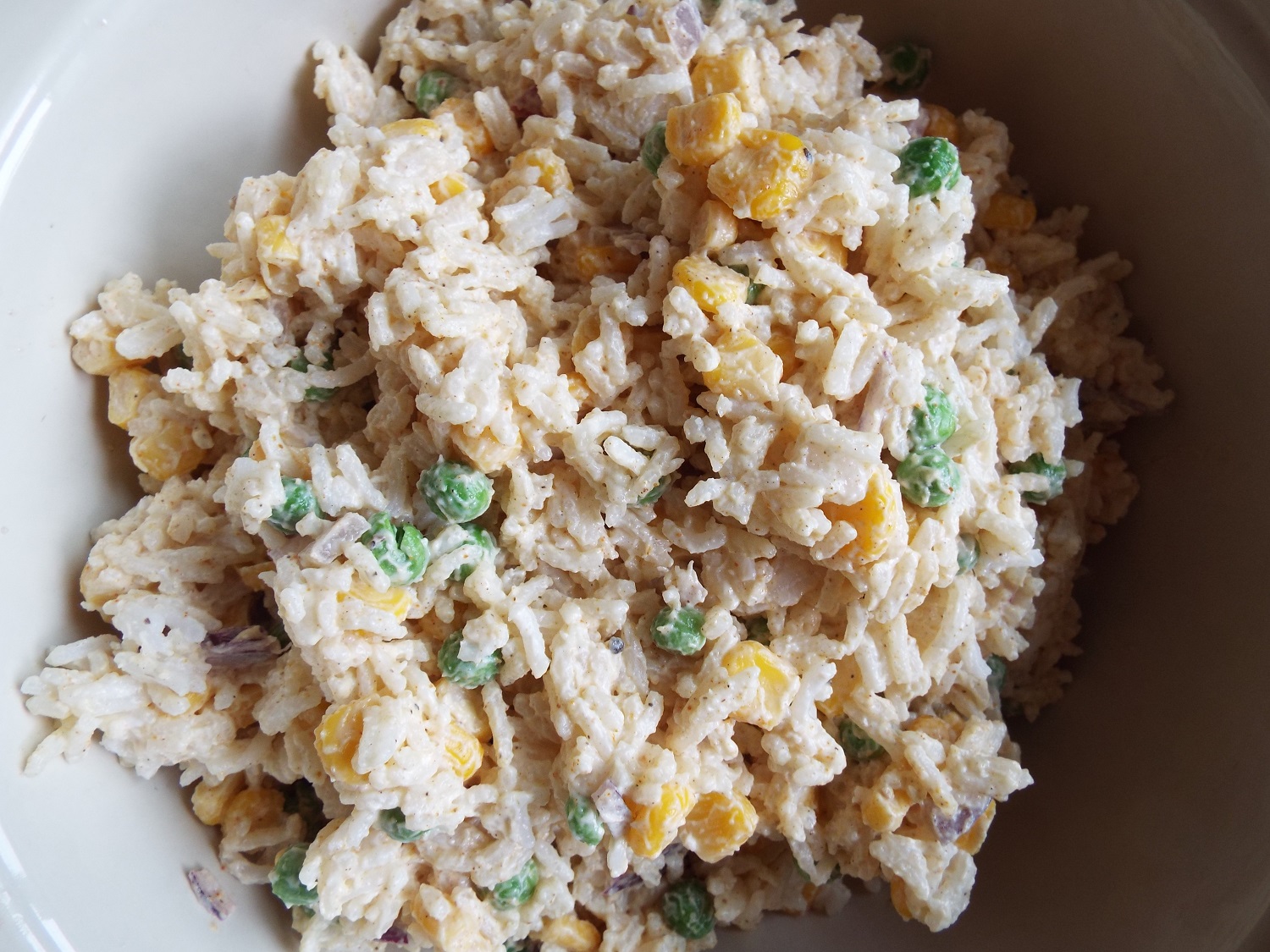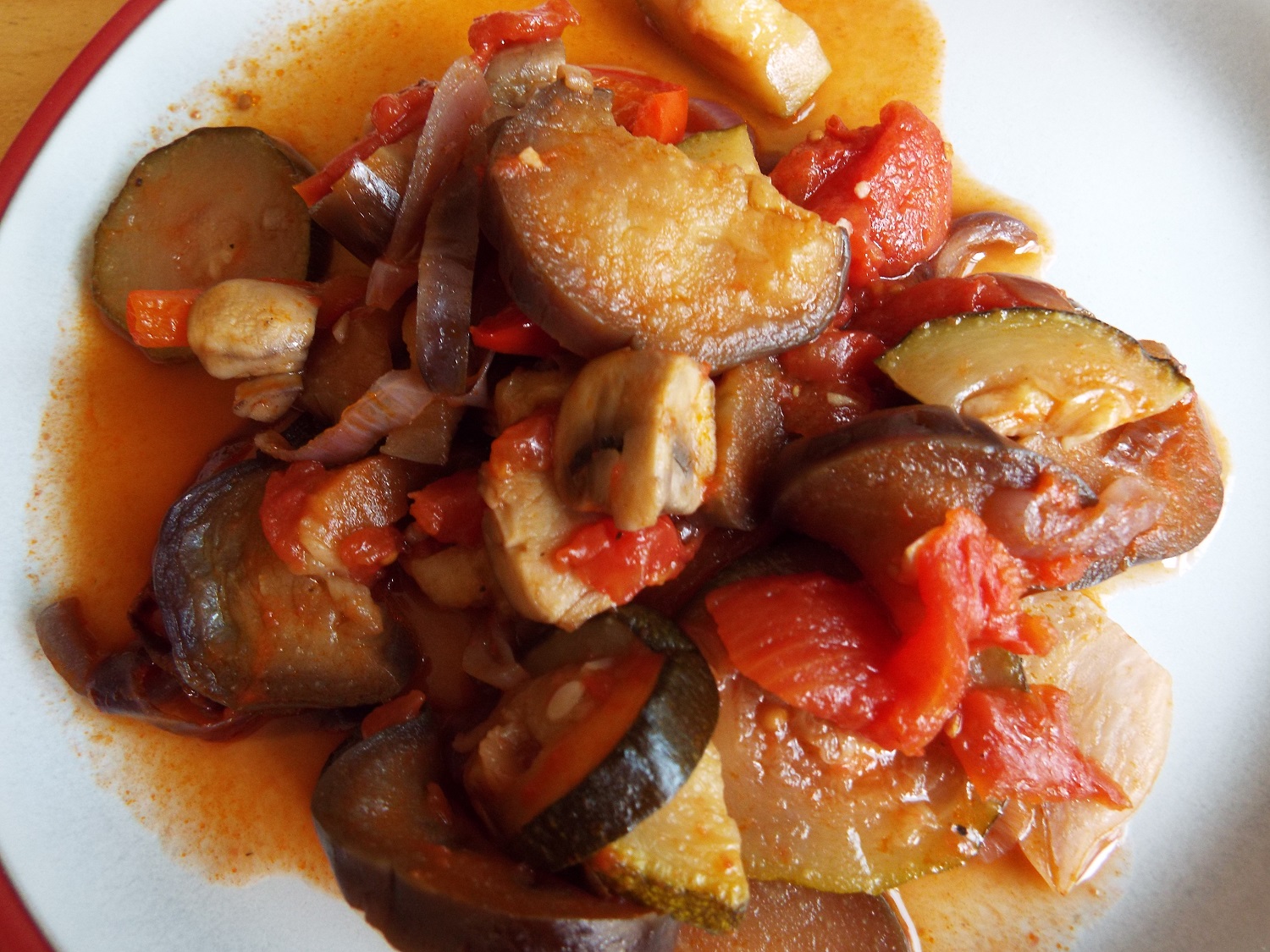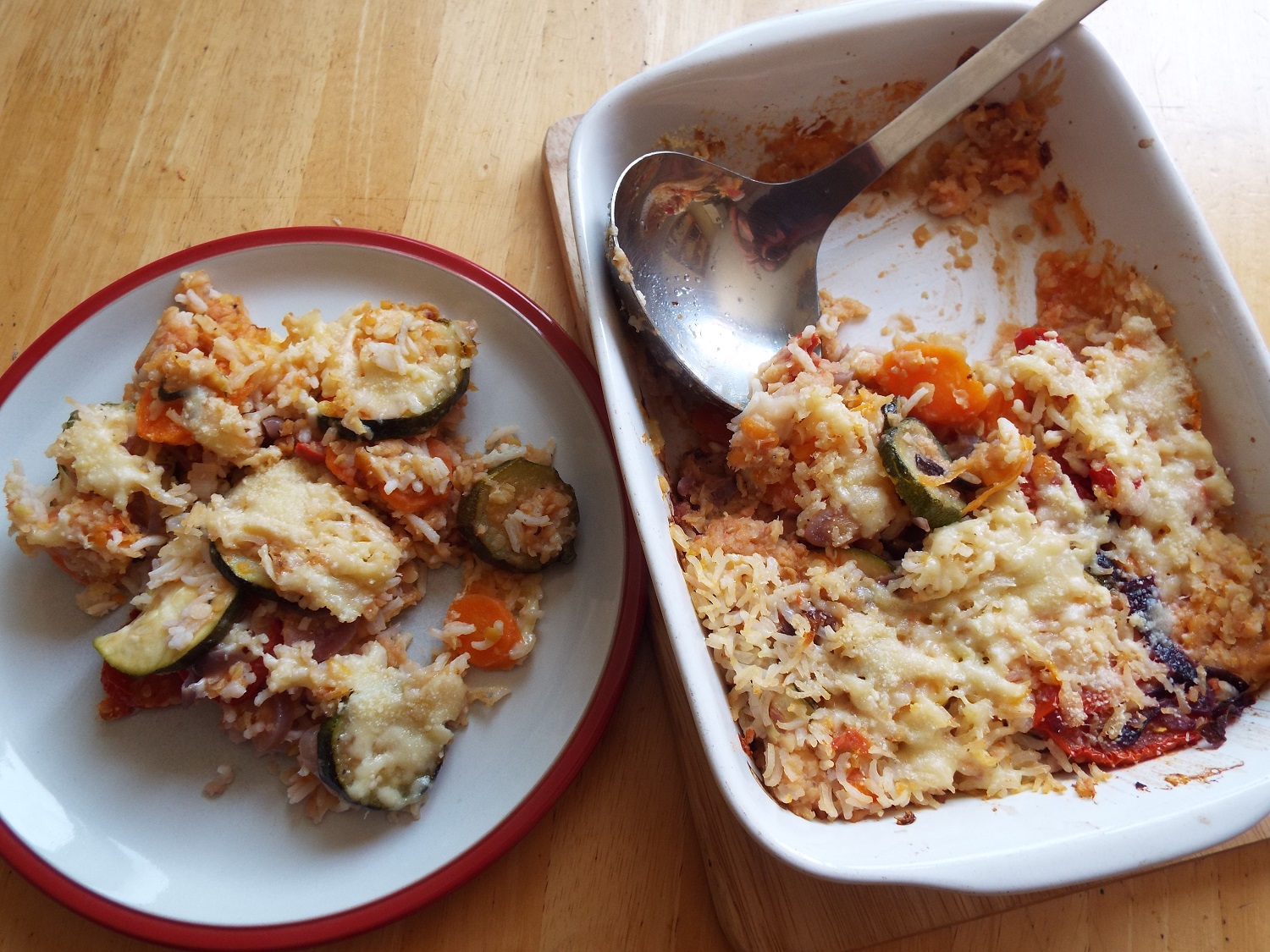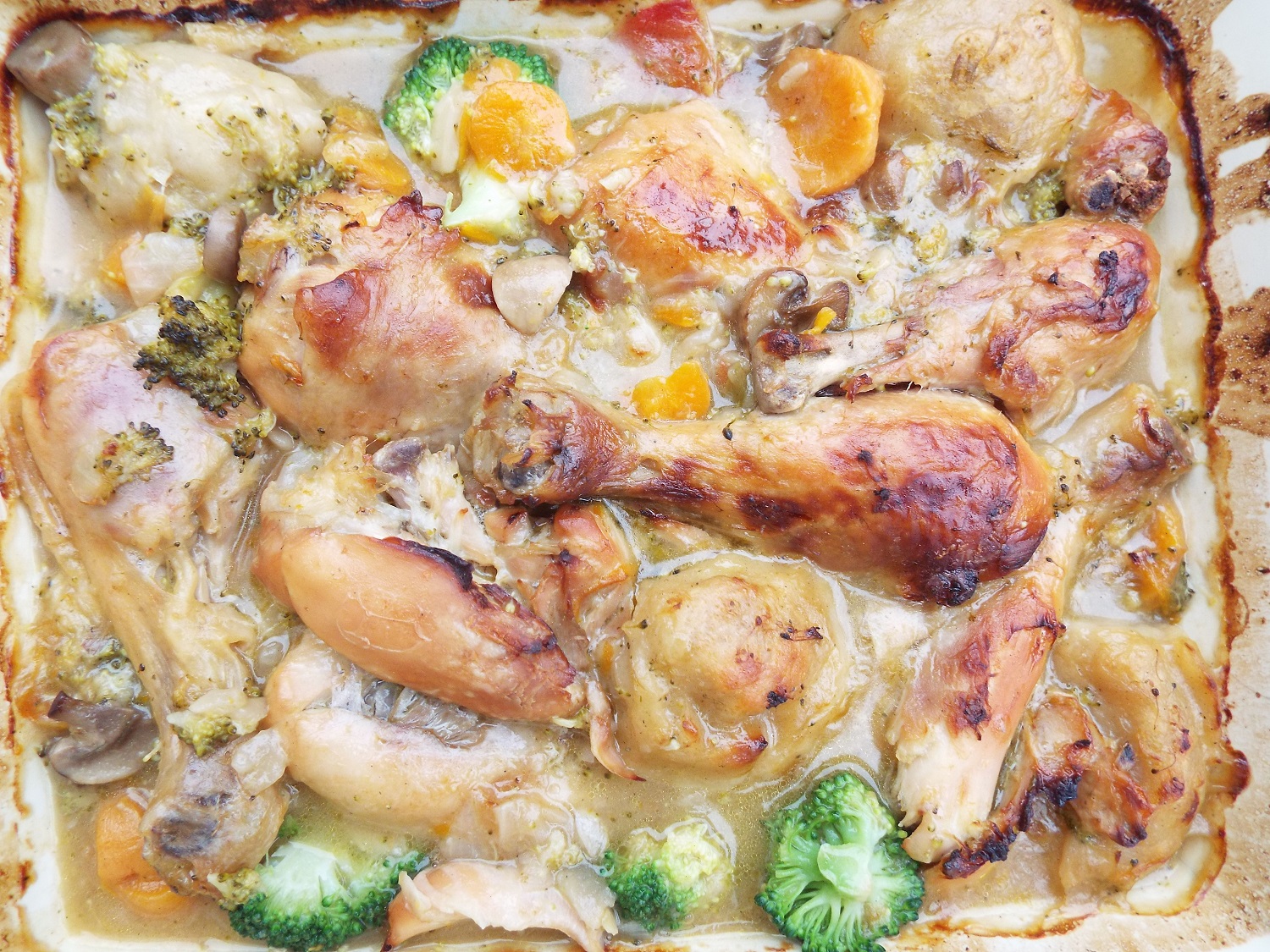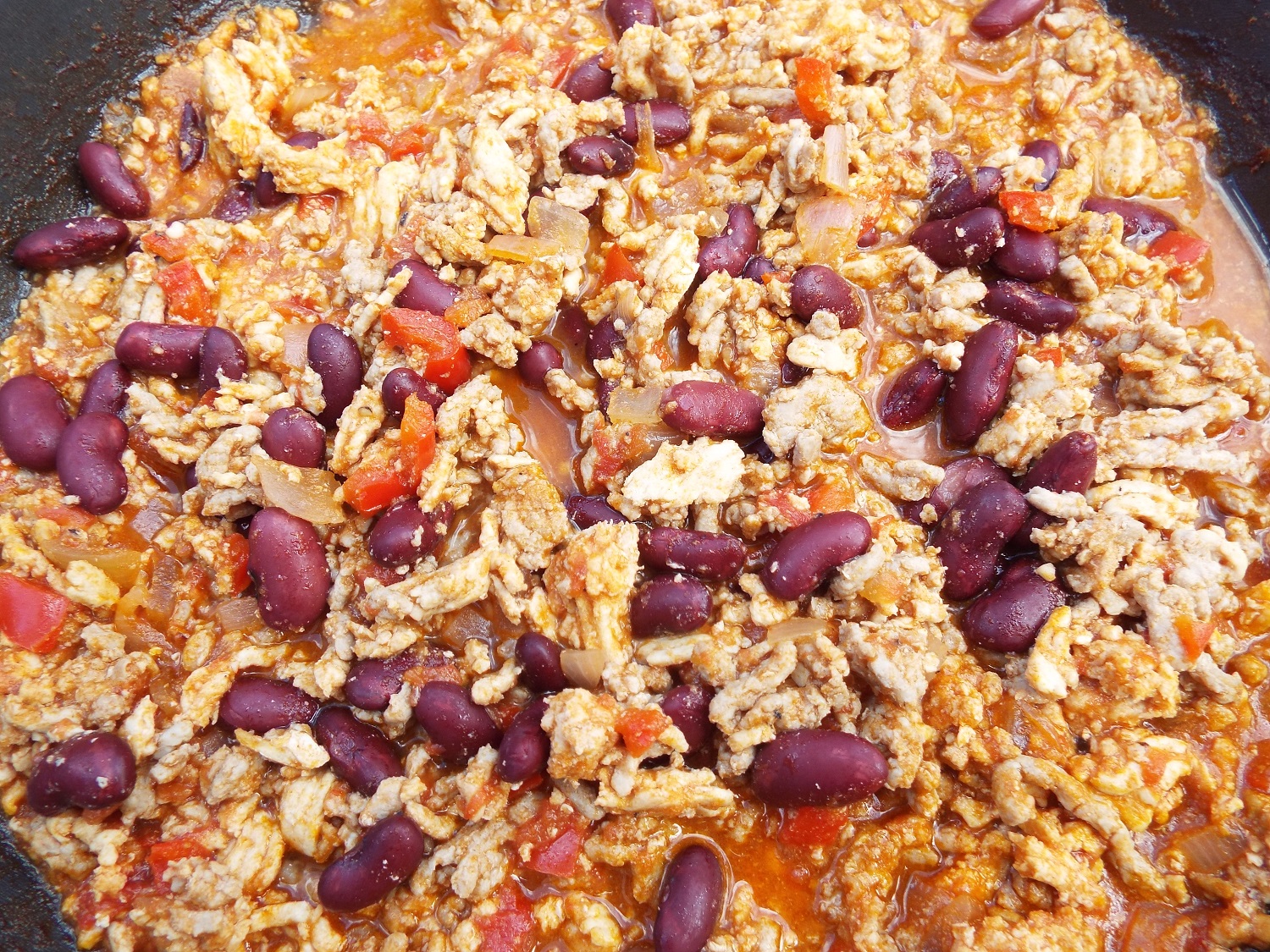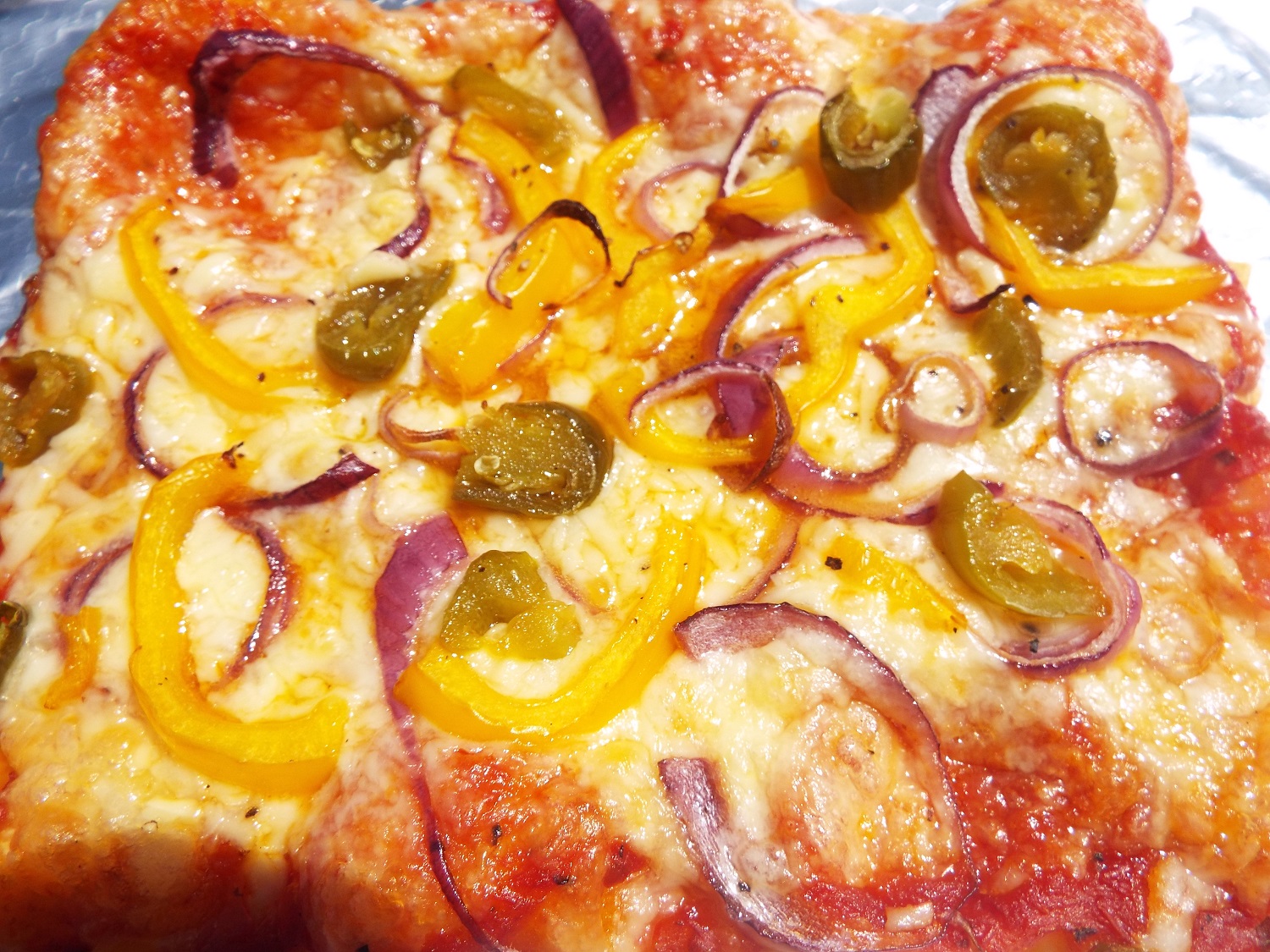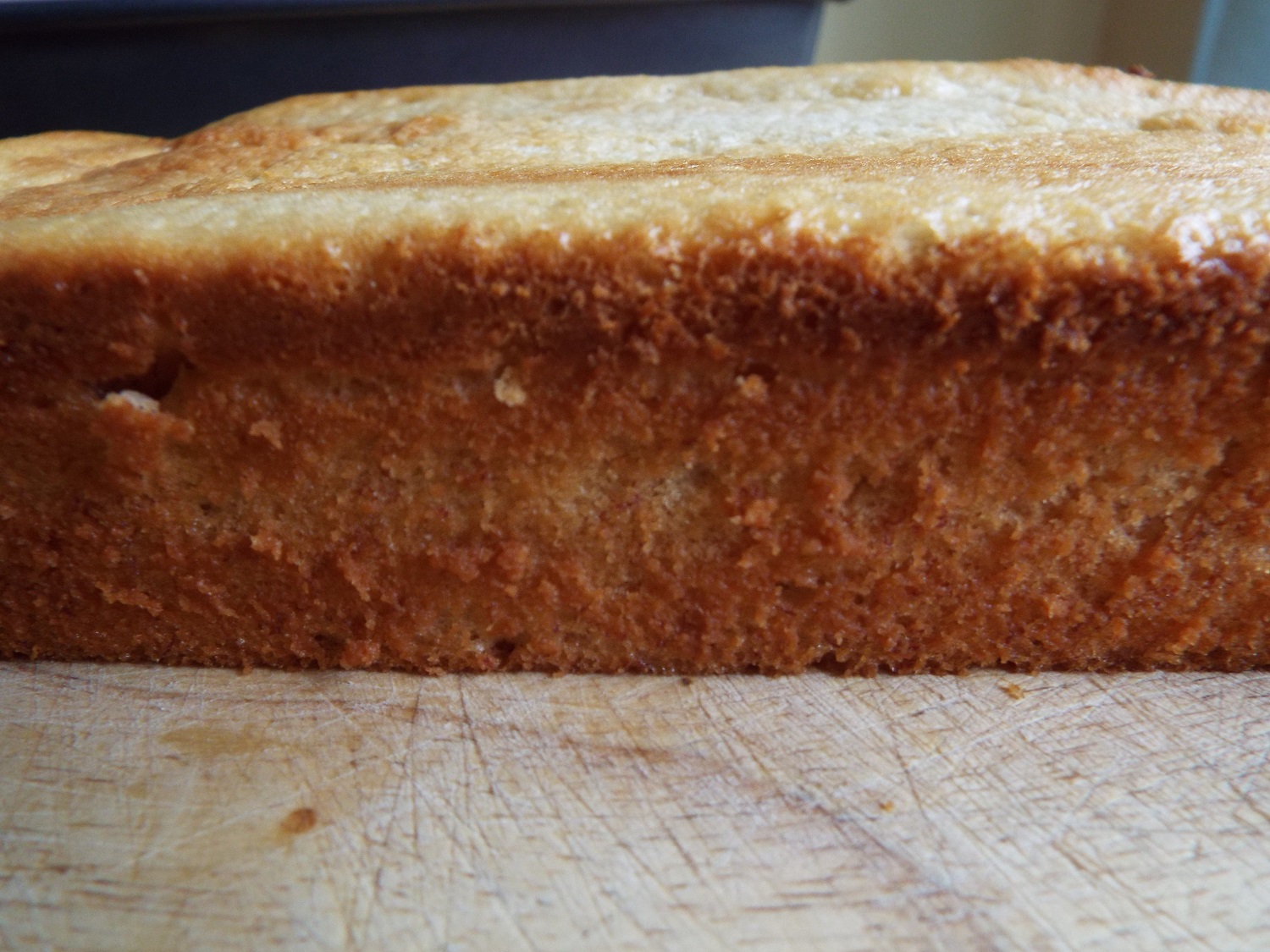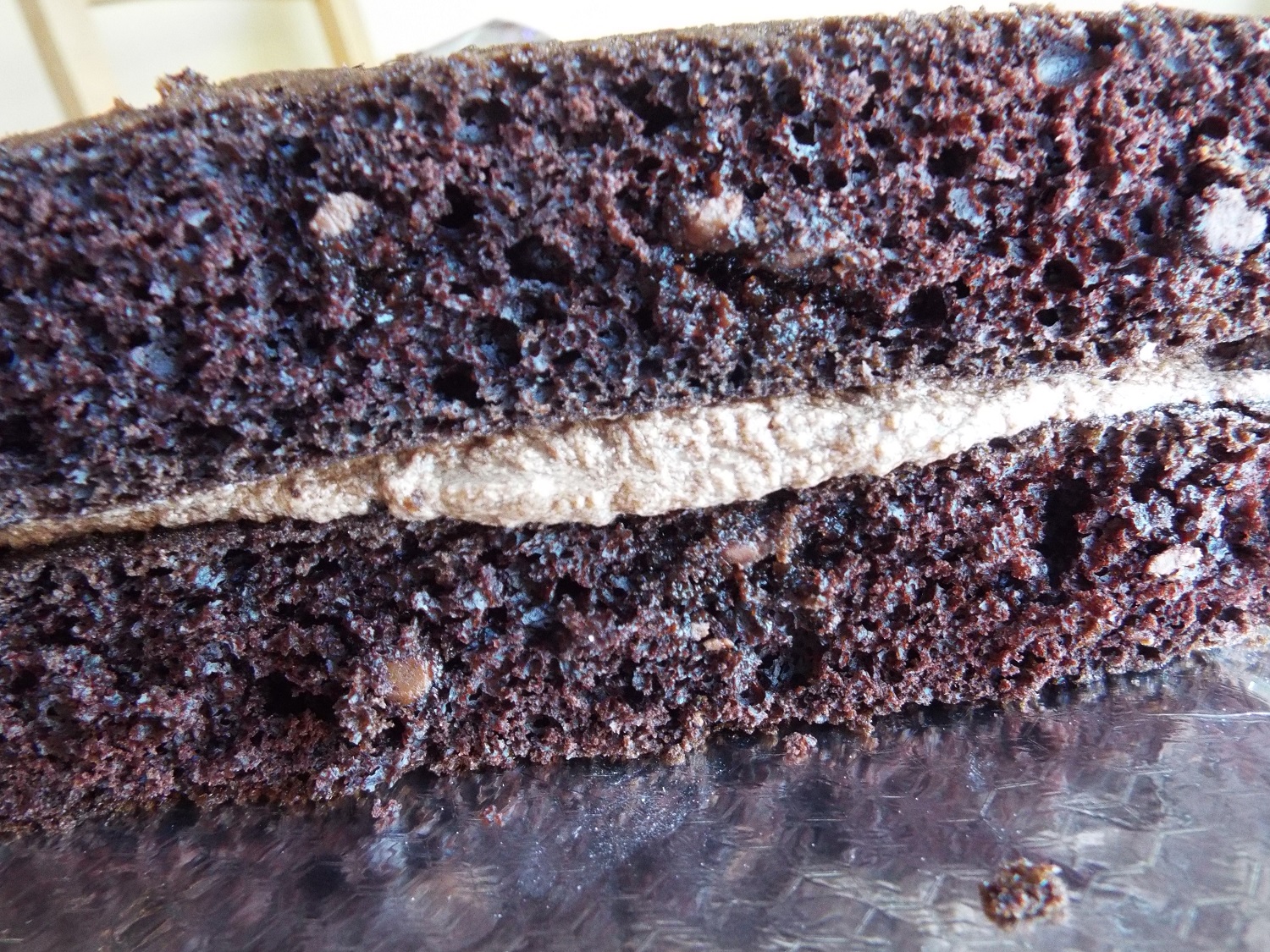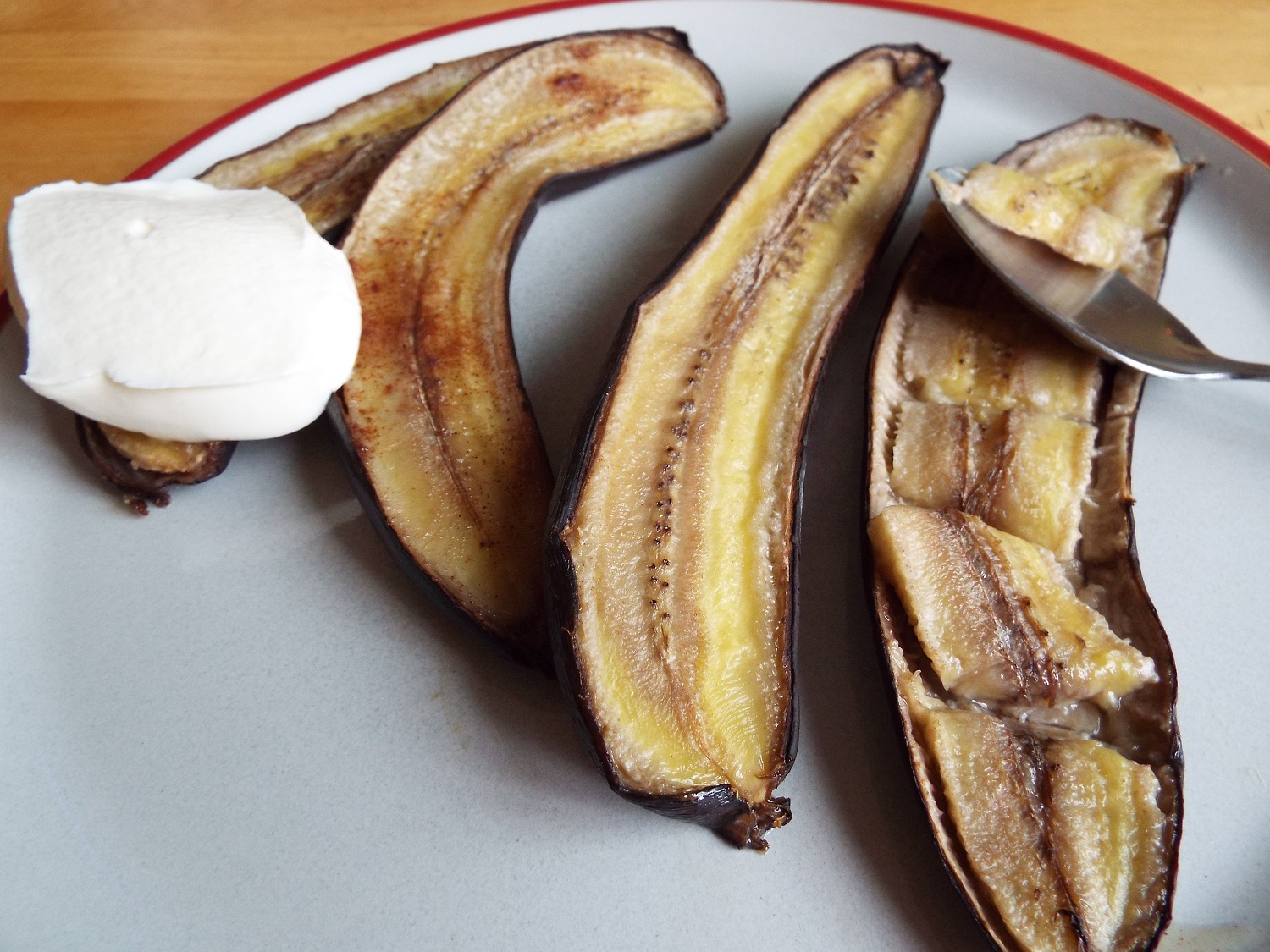Dig food is dig fuel - never underestimate its importance for powering an excavation. If you're gesticulating at a massive Iron Age bank that you want to be quickly sectioned, and your workers aren't getting fed properly because they're supposedly 'fussy eaters' (e.g. vegetarian), that's not a dig - it's a shambles.
Of course conditions for cooking on digs can be difficult and cramped, with limited facilities and storage space - but it can be done, and done well. Everything pictured here was cooked in basic conditions, without food processing gadgets and measuring scales - and if you like the look of anything in a photo, the recipes are at the end of the page or they'll appear in future blog articles.
This post is part of a series about enabling volunteers to participate fully on Digs
1 Excavation - Let's Talk about the Mental and Physical Challenges
2 Excavation Challenges - Food, Fieldwork and Difference
5 Dig Food: It's Vegan and Gluten-free and Type2-friendly - prep and stores
6 A week of fieldwork recipes - vegan, gluten-free and Type2-friendly
I’ve had some great times in the past as a ‘Dig Cook’ when I was an impoverished post-graduate, and I’ve also been a hungry and enthusiastic eater of food on digs where I've filled roles from volunteer to senior staff.
More recently I've had great fun recreating these ‘dig meals’ for this blog – and I did that in order to be able to demonstrate that it is possible to work with one cooker on a low budget, and to be able to knock up meals for dig participants who are vegan and vegetarian or who have medical dietary needs. It’s not necessary (or fair) to say, ‘just leave the meat’; or to exclude people from the fieldwork opportunity because they have some additional needs around food.
It's all about knowing the numbers, budget planning, menu planning, preparation - and then doing some cooking.
What should the ‘dig day’ look like in terms of meals?
Breakfast
Breakfast seems to work best as a ‘help yourself’ buffet, eg with big pots of tea and coffee, milk and water; various breads and spreads, such as sunflower oil margarine and peanut butter; cereals; fruit and yogurt. A lot of it obviously depends on climate, supply and storage - but 'inconvenience' shouldn't really supersede your workers' needs, if you want to get the best out of people. And for pity's sake, don't make every single spread a cheap pot of strawberry jam (jelly). Just no.
With morning and afternoon tea break, it’s easy enough to buy and provide cheap biscuits or crackers for those who want them, especially for those who do need to eat for medical reasons eg issues around blood glucose. In the UK you can buy a packet of plain biscuits from supermarkets for around 30p, and if you have a total dig budget of many thousands of ££$$€€ it’s pretty unreasonable to argue that these cheap snacks are unaffordable. It might sound trite, but the value to morale on a difficult digging day of a cup of tea and a digestive can be priceless.
Lunch
Lunch usually has to be fairly simple because your Dig Cook and helpers have got to clear up from breakfast and start prepping dinner during the morning - but it doesn't have to be horrible and it doesn't have to exclude vegans and vegetarians.
Soup (in a tin mug), and sandwiches or equivalent such as flat bread, work well and is pretty portable. In a hot climate, flat breads, hummus, olives, tomatoes, yoghurt, tinned tuna and cheese are popular. Sandwiches also have the advantage of being easy to prepare, either in advance, or they can be assembled on site (a rota helps) - they're also relatively cheap, so there's no need for scrimp-tastic rations and a daily diet of pickled beetroot from catering jars.
An example of a very cheap soup that can be served hot or cold, spicy or plain, and eaten by pretty much everyone, is lentil, tomato and carrot soup - the recipe's at the bottom of the page.
Dinner
A very popular dig dish - spaghetti bolognese
As regards dinner, the main meal of the dig day, from experience I’ve found that it’s really OK to bulk out meals with big pots of filling, cheaper ingredients. Often your Dig Cook (and helpers) will be working in pretty sub-optimal conditions, maybe with just a four-ring hob and one oven, and limited storage space. So some big one-pot and one-tray courses are likely going to be necessary.
A weekly rota of 'dinner fillers' might include potato salad; macaroni cheese; rice with mixed vegetables; pasta ‘salad’ eg with chopped tomatoes and sweetcorn; ‘dig dahl bake’; noodles and vegetables; chickpea curry. Again, these ‘fillers’ can normally be vegetarian and many of them can be vegan, dairy-free and gluten-free and suitable for workers with diabetes and, eg, Crohn's and IBS.
They can be served up alongside portions of 'big tray' meals, such as pizza, quiche, mega-omelettes and various savoury tray-bakes, or with curries, chilli, stews and casseroles.
Puddings
Cheap as chips and out of packets if necessary - chocolate sponge tray bake with optional custard
Puddings can particularly challenge the Dig Cook because of lack of storage and cooking space.
Back in the day, relying on one small cooker at Castell Henllys in Wales, Hazel Riley and I would make a couple of big trays of cake (eg a basic fruit cake) or sponge pudding and cook it during the afternoon, so it could be served cold in the evening with a big pot of warm custard.
Hazel Riley, professional archaeologist and best Dig Cook I ever knew - baking vast amounts of fruit cake in some very cramped conditions
We also had fruit available, sometimes just tinned fruit (and tinned 'cream' - which is a bit grim but needs must) - and it's unusual not be able to get hold of some fresh fruit like apples, bananas, figs or oranges. Bananas can be baked quickly in foil. And don't worry about using packets or powdered custard - your diggers will thank you for making the effort.
Quantities and logistics
This is a basic part of budget planning and logistical planning for the kitchen. The most basic question that needs to be answered accurately, in advance of the dig starting, is, 'How many people do we need to feed?' There really does need to be an honest dialogue between the Director and the Dig Cook. In a previous post on food, fieldwork and different dietary needs I relayed the tale of being told '28' when the true number who turned up to the dig turned out to be '43' - it was really unnecessarily stressful and made the first few days much more difficult than they need have been.
Don't tell vegetarians, 'just leave the meat'. This aubergine, tomato and cheese 'bake' is cheap and easy. Honest.
So, that's X number of breakfasts, lunches and dinners, and maybe a few biscuits, for Y number of days. That's a lot of food. How many are vegan, vegetarian, or need to be gluten-free or have other needs for medical reasons?
This leads to issues of menu planning, food supply, shopping, transport, money, equipment, storage, preparation, cooking, eating and clearing up. It's not a job that one person can normally undertake solo, unless it's very small dig indeed. This is why I advocate 'kitchen assistant rotas' - it's also good for everyone to help feed their fellow workers, and to understand different needs. No-one's too important to cook. Indeed the 'Dig Cook' should have senior staff status and be able to make decisions and solve problems accordingly.
And as for quantities - diggers are usually hungry people. As a rough rule of thumb, think of what that person might normally eat, and and add at least 50%, especially for the evening meal. I remember my fellow archaeology student and flatmate Thor (hello, Thor!) at the dig at Castell Henllys in Wales - he was 6' 2" and in the university rowing team - and he worked hard all day and he ate a lot. A lot. And it was right for us to feed him properly. But, don't allow gender bias to creep in, over either (a) who's in the kitchen, or (b) portion sizes. Everyone should participate; everyone should be fed enough for them.
And it really should go without saying that the Dig Cook should understand pretty intuitively about quantities. No-one responsible for a Dig Kitchen should be fiddling around with little kitchen scales and small measures. Portion sizes? Large. If there are leftovers, serve seconds, or give it away at breakfast / incorporate it into tomorrow's dinner. Making too much spicy lentil soup never brought down a dig.
Basic supply kit
A basic Dig Kitchen supply kit might usefully include these. Larger sizes are available...
If you find yourself running a Dig Kitchen, then on top of the meal ingredients which you''ll bring along with you and that you'll buy as you go along, it's a good idea to have a basic kit of staples that'll help give flavour to your cooking. These include salt, pepper, mixed herbs, vegetable stock or bouillon, mild or medium curry powder, mild chilli powder or paprika, mustard, tomato ketchup, soy and Worcestershire sauce. They're not expensive - and they make lentils, rice, beans and potatoes 'sing' a little.
They also massively improve the taste of big one-pot meals such as soups, stews and bolognese, as well as (obviously) curries and chilli. Also, if you don't want to mess around chopping garlic, use garlic granules or 'lazy garlic'. And if you're planning to use chick peas and lentils, the mild spices ground cumin and ground coriander will really help to turn those meals into something special.
As you can probably tell, I've got a lot of respect for vegans, vegetarians and people with medical or sensory issues who are facing the many challenges of excavation, and I feel that they should be fed well, and gracefully. I think given the likelihood of a forthcoming 'race to the bottom' regarding animal welfare and UK trade deals, we could well see more diggers asking for vegan and vegetarian food on excavations.
Recipes Ideas
And so here are some meal ideas - I've done as many 'one-pot' and 'one-tray' meals as possible, plus some easy 'two-pot' dinners. More next week!
Lentil, Tomato and Carrot Soup
Chop and boil carrots, and add vegetable stock cube(s) or bouillon, and add rinsed lentils and simmer until everything is soft. Chop and add tomatoes, or tinned tomatoes, and chopped onion and garlic. Add seasoning (which could include something spicy like paprika or chilli).
Simmer and mash till it's a good soupy consistency.
This also makes a great sauce, or basis for vegan stews and bakes.
Sandwiches
They don't all have to be boring, on cheap white bread and slavered in pickled beetroot. They don't all have to have meat in them.
Try hummus, salad and grated carrot; cheese and tomato; tuna, mayo and cucumber mix; ham salad.
Spaghetti Bolognese
A dig classic - cook a big pot of spaghetti or pasta; and in another big pot fry chopped onion, and add minced beef or turkey, or soya or lentils. Add mixed herbs, garlic, chopped vegetables and tinned tomatoes.
This plate of food uses beef mince, and green peppers and mushrooms. You can also use carrots, celery, courgettes and lentils. Seasoning can include a dash of Worcestershire sauce for that garum experience.
Mac & Cheese
This macaroni cheese with added onion and chopped tomato is very popular on digs, including as cold leftovers.
Cook macaroni. Make cheese sauce by mixing melted margarine and flour, and then whisking in milk. Bring to a gentle boil whilst whisking and it will thicken. On a very gentle simmer, add chopped onion and simmer for a further 10-15 mins. Then add some chopped tomato (tinned tomatoes are fine) and season and stir.
Add plenty of grated cheese. Tip in the cooked macaroni and stir.
Chicken Casserole
Bake chicken drumsticks in the oven on a large tray. When chicken looks cooked, after about an hour, add chopped onions, seasoning, and vegetables to hand, stock, and potatoes / dumplings.
This meal uses carrots, garlic, broccoli, mushrooms, and dumplings from a packet mix.
Cover with foil and bake for another hour or so.
Ratatouille
Fry onions in oil a big pot and add chopped vegetables - aubergines (egg plant), courgettes (zucchini), peppers (capsicums), mushrooms, garlic, tinned tomatoes and seasoning.
Add mixed herbs to taste.
Simmer till tender.
Vegetable Stack
This uses the lentil, carrot and tomato soup as a sauce over rice, and this one is topped with extra vegetables which can be either oven baked or fried - carrot slices, red onion, courgettes, red pepper and tomatoes. Any vegetables to hand can be used. Add seasoning.
Serve with extra soup and flat bread (or a rye bread) to 'bulk out' dinner.
Pizza Tray Bake
Heat oven. Roll out pizza dough (you can use pre-made or pizza dough mix), add the pizza tomato topping.
Add grated cheese and all the toppings - this one has onion, yellow peppers and green jalapenos. Add seasoning.
Bake in a hot oven for about 30 minutes.
Pasta Salad Bowl
Cook pasta shapes, add a dressing like mayo or pesto, and seasoning.
Add chopped salad vegetables - this bowl has tomatoes, onion, green peppers, yellow peppers and sweetcorn.
'The Rice Dish'
This is massively popular at barbecues and on digs, and as it's best served cold it's a really good dish to prepare in bulk, in advance.
It is boiled rice, cooled down, mixed with chopped onion, peas and sweetcorn. It's then further mixed with mayo and mild curry powder.
Vegan mayo is available - but buy in advance if going to remote area.
Dig Dahl Bake
A lentil based bake with cooked lentils, cooked rice, fried onions, garlic, tinned tomatoes and vegetables, with seasoning and spices.
This one includes courgettes and carrots that I had to hand, and some grated cheese. For spices I used chilli, and ground cumin and coriander.
Cook in pots, mix, and bake in a big tray on medium for 45 minutes.
Fish, Rice and Lentil Broth
This is a good dish for those with the need for a gluten-free, dairy-free or other medically necessitated diets.
It's basically smoked basa, put in a tray in the over covered in tinfoil to lightly poach (no need for extra water). To this add some cooked rice, cooked lentils (or leftover soup - see above) and any extra vegetables you have eg onion and courgette. Add vegetable stock. Season.
Serve hot or cold.
Turkey Mince Chilli
Use turkey mince instead of beef mince - or of course soya mince is good.
Fry mince with onion, garlic and chilli to taste, with seasoning and spice (ground cumin and coriander). Add beans, chopped peppers and tinned tomatoes, and any other chopped vegetables to hand.
Serve with rice, or potatoes, or pasta, or bread - very versatile.
And instead of kidney beans, you can use baked beans or chickpeas.
Chocolate Cake & Custard
All this came out of packets - add water and eggs.
You need a large tray(s) and a large pot, and a whisk. Make the cake in advance, and serve with hot custard. At the end of a miserable digging day, it helps.
Yogurt and Fruit
Being on a restricted diet for medical reasons often means no gluten.
Greek yogurt and seasonal fruits (here, cherries and banana) is a really simple breakfast or pudding.
Baked Bananas
Slice bananas, and (in their skins) bake in foil for about 20 minutes.
They are sweet, so can be served plain; or with honey and/or yogurt.
Coming Next
Vegan and Vegetarian Dig Food Specials
Plus meals that are 'health aware' eg gluten-free - really simple to make on digs and good to eat. Honest.


